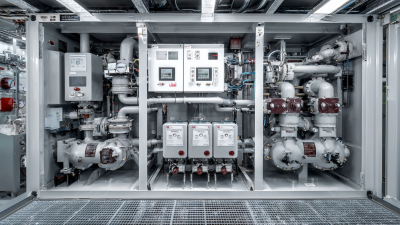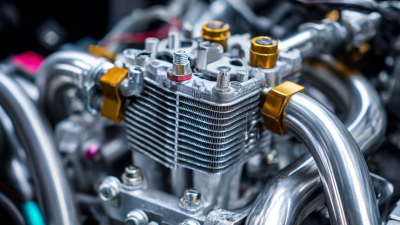As industries evolve and seek to enhance operational efficiencies, the role of innovative Cooling Systems has never been more critical. According to a report by the International Energy Agency (IEA), energy consumption for cooling alone accounts for nearly 10% of global electricity demand, highlighting the urgent need for more efficient solutions. The cooling sector is currently undergoing a significant transformation, driven by advancements in technology and increasing awareness of sustainability. With projections suggesting that the cooling market will expand to over $300 billion by 2025, stakeholders must prioritize innovative strategies to meet escalating demand while minimizing environmental impact. This article delves into the future of Cooling Systems, exploring cutting-edge technologies and their potential to revolutionize energy efficiency across various sectors.
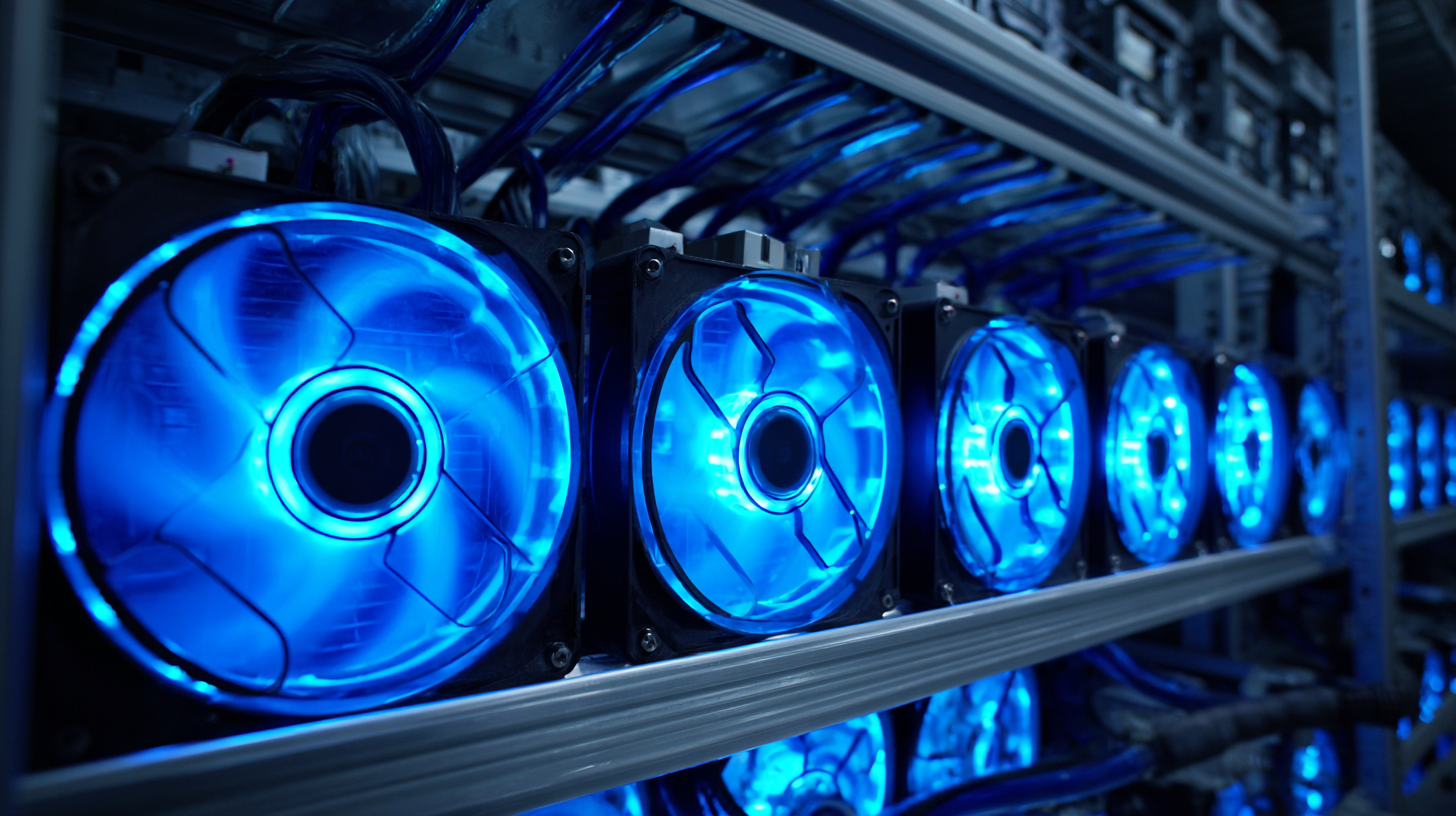
The cooling technologies landscape is rapidly evolving, with innovative solutions emerging to enhance efficiency and sustainability across various sectors. As data centers grow in size and complexity, the demand for advanced cooling systems that utilize less energy and have lower environmental impacts is paramount. The rising trend in liquid cooling methods, for example, allows for more efficient heat management compared to traditional air conditioning systems, leading to significant energy savings and improved performance.
Tips: When selecting a cooling solution for your establishment, consider the size and design of your facility. Employing energy-efficient systems not only reduces operational costs but also contributes to a sustainable future. Integrating smart technology in cooling systems can provide real-time data and analytics, enabling proactive management and optimization of energy use.
Emerging trends also highlight the importance of renewable energy integration in cooling systems. The constant innovation in thermal energy systems, particularly those that bridge traditional methods with new technologies, is paving the way for a future where energy consumption is minimized, and efficiency is maximized. Adopting such technologies can significantly bolster a company's green credentials while meeting the increasing demand for sustainable practices.
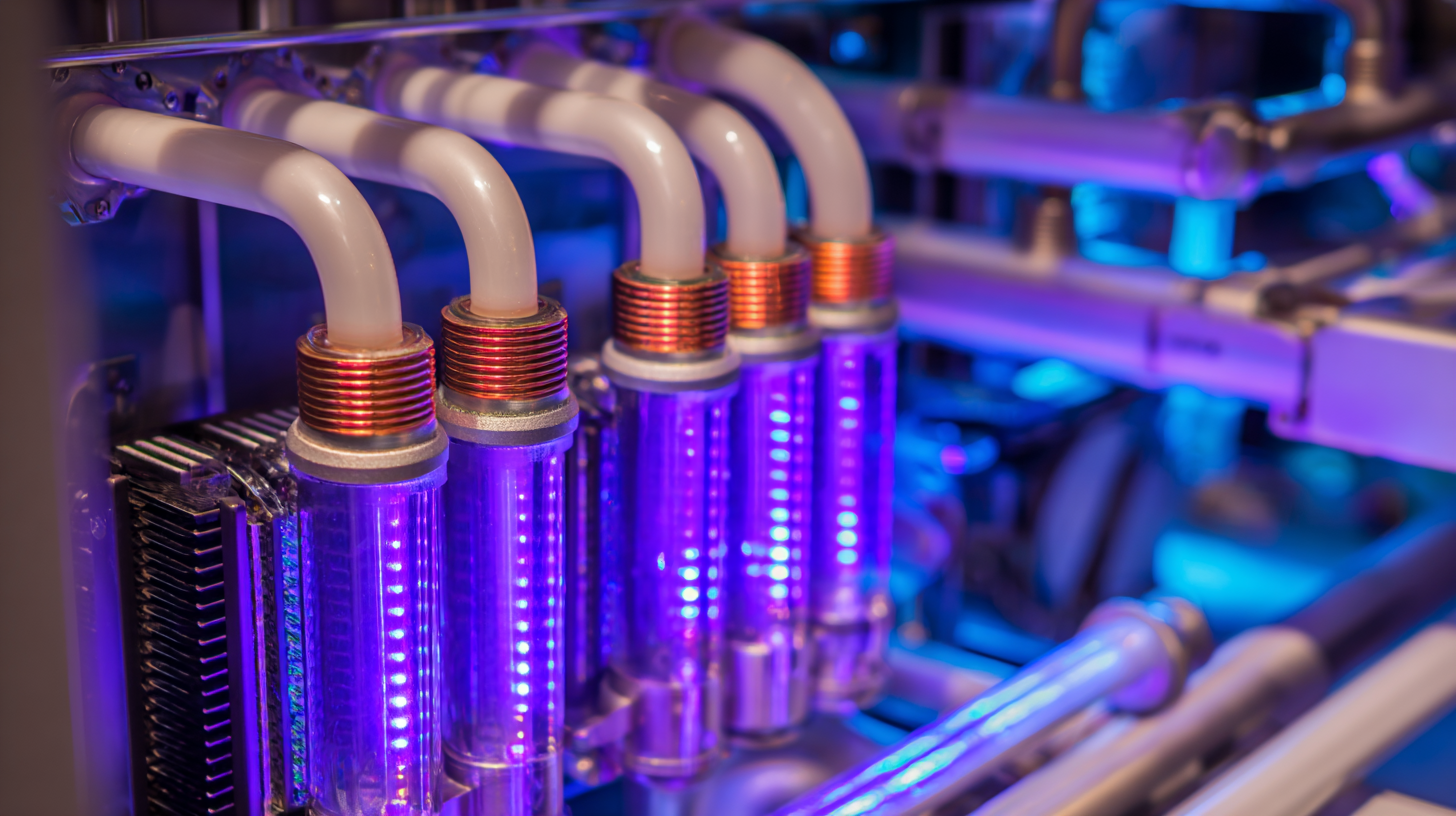
Sustainable cooling systems play a vital role in reducing the carbon footprint associated with traditional cooling methods. As global temperatures rise and climate change accelerates, the demand for cooling solutions has surged, often leading to increased energy consumption and greenhouse gas emissions. By implementing innovative cooling technologies that prioritize energy efficiency and eco-friendliness, we can significantly mitigate these negative impacts. For instance, systems utilizing natural refrigerants and smart technologies can enhance cooling efficiency while minimizing environmental harm.
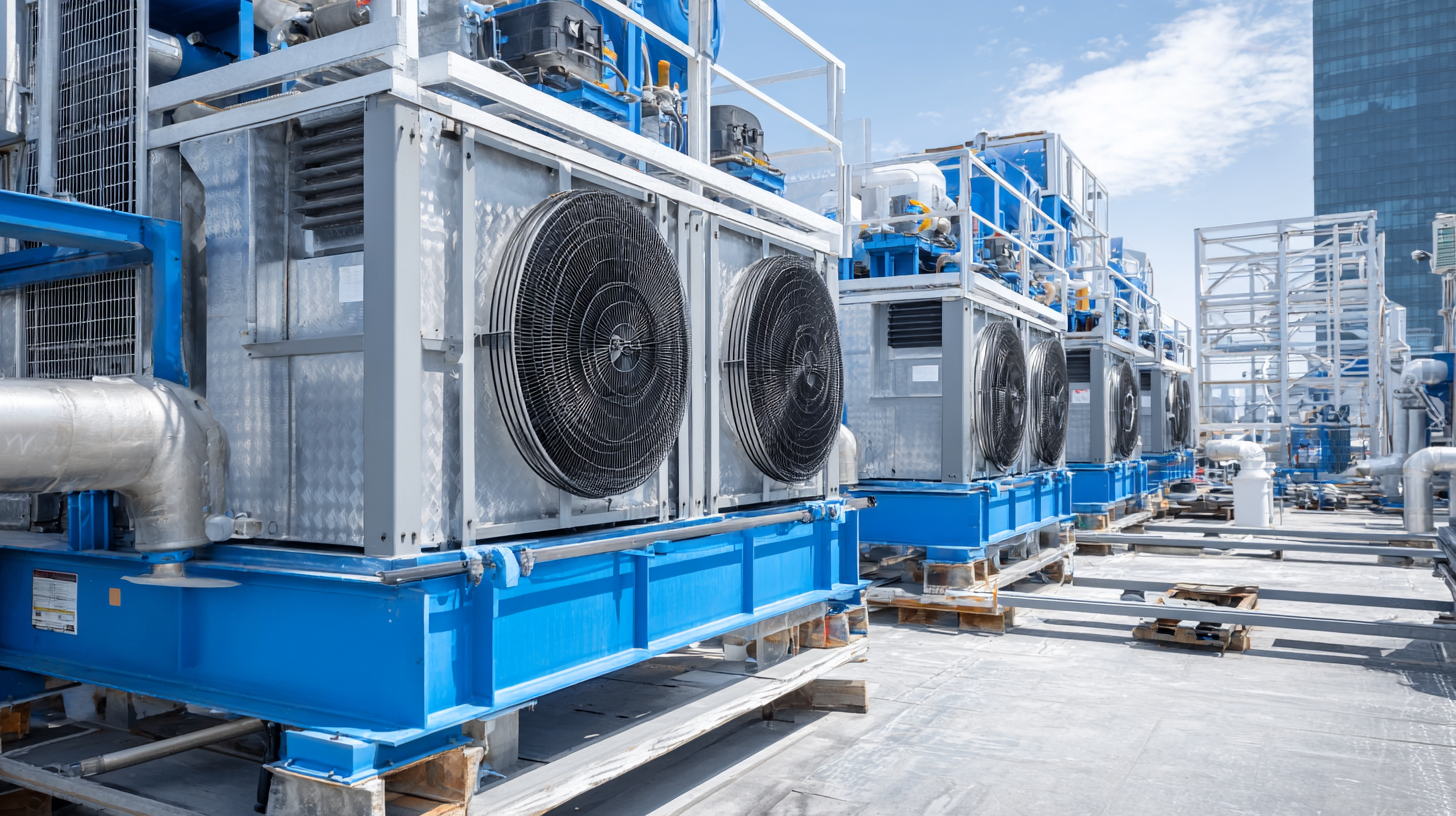
Moreover, integrating renewable energy sources, such as solar power, into cooling systems presents a substantial opportunity to further decrease carbon emissions. These systems not only provide the necessary cooling but do so in a way that aligns with sustainable practices. As industries and households adopt these advanced solutions, they contribute to a broader movement towards energy resilience and carbon neutrality. By revolutionizing cooling technologies, we can transform how we meet our cooling needs, ensuring that environmental considerations are at the forefront of future developments.
The innovative cooling systems market is poised for significant growth, reflective of broader trends within the global Auto Parts Manufacturing sector. With the market size valued at approximately USD 701.57 billion in 2024, it is projected to surge to USD 1,195.4 billion by 2032, indicating a robust compound annual growth rate (CAGR) of 6.1%. This upward trajectory signifies a rising demand for advanced cooling solutions that enhance efficiency and performance across various applications, particularly in automotive and industrial contexts.
As industries increasingly embrace sustainability and energy-saving technologies, innovative cooling systems will play a crucial role in meeting these evolving needs. Factors driving this growth include the increasing pressure on manufacturers to improve system efficiencies, reduce carbon footprints, and comply with stringent environmental regulations. The integration of smart technology and automation in cooling solutions further exemplifies the market's shift towards more effective and innovative designs, paving the way for a new era in both cooling efficiency and overall industrial productivity.
The efficiency of cooling systems has significantly evolved over the years, shifting from traditional methods to modern innovations. Traditional cooling systems, predominantly reliant on vapor-compression refrigeration, often exhibit lower efficiency ratings, generally achieving around 10-15 SEER (Seasonal Energy Efficiency Ratio) for residential applications. According to a report by the U.S. Department of Energy, these systems can consume up to 40% of a household's energy bill, emphasizing the critical need for upgrades in efficiency.
In contrast, modern cooling systems, including variable refrigerant flow (VRF) and advanced evaporative cooling technologies, have showcased remarkable improvements. Many of these systems can achieve SEER ratings of 20 or higher, representing a potential 30-50% decrease in energy consumption. Additionally, a study by the International Energy Agency highlights that integrating smart technology and dynamic controls can further enhance efficiency by optimizing operational performance based on real-time environmental conditions. This comparative analysis clearly illustrates that while traditional cooling systems served their purpose, the transition to innovative solutions is essential for achieving greater efficiency and sustainability in energy consumption.
The integration of advanced cooling technologies across various sectors is redefining efficiency levels, particularly in electric vehicles (EVs). A notable development is the use of passive heat pipes for cooling critical components such as batteries and electronic systems in EVs. This approach not only optimizes thermal management but also enhances performance and longevity of vehicle systems. According to recent market reports, the rental cooling tower market is projected to grow to approximately $3.2 billion by 2032, reflecting a compound annual growth rate of 5.48% during the forecast period. Such figures illustrate the increasing demand for innovative cooling solutions across multiple industries.
Tips: When considering cooling technologies, it’s essential to evaluate the specific requirements of your application. Passive cooling systems, for instance, are often more energy-efficient and require less maintenance than active systems. Additionally, conducting a thorough analysis of industry trends and technological advancements can inform better decision-making.
The evolution of these technologies also highlights the importance of sustainability in manufacturing processes. With the steel industry undergoing significant transformation towards greener practices, integrating efficient cooling systems can play a pivotal role in reducing overall energy consumption and emissions. As businesses strive for technological advancement, adopting innovative cooling solutions will not only boost efficiency but also contribute to a more sustainable future.




